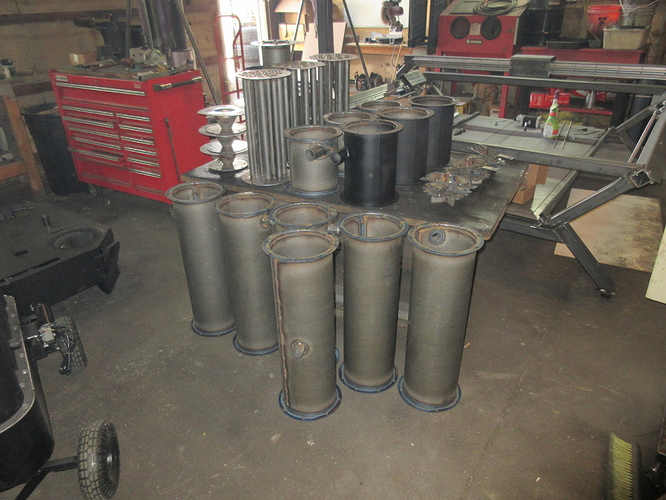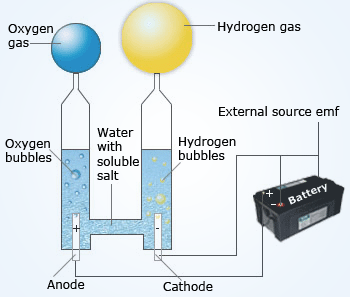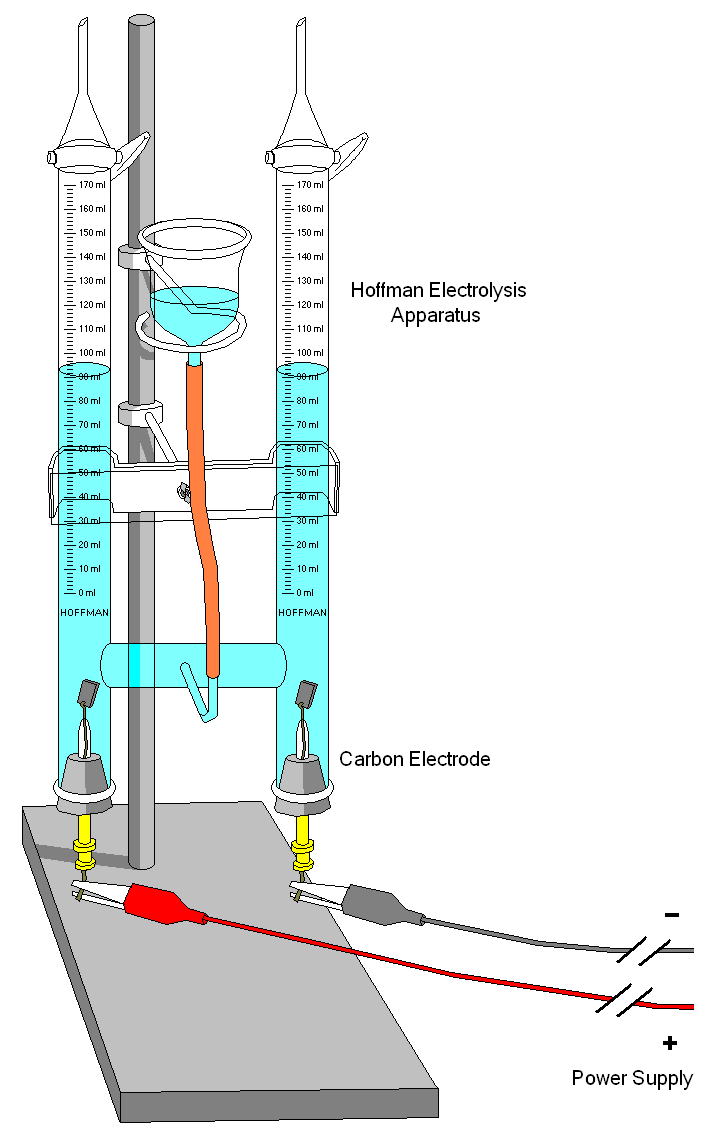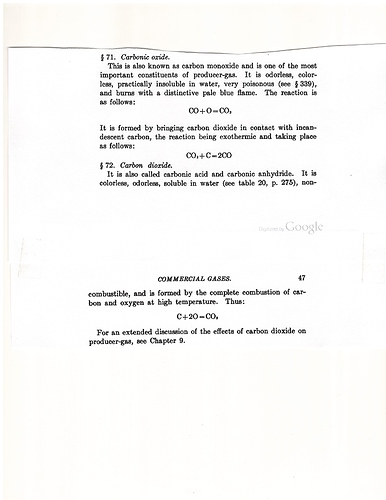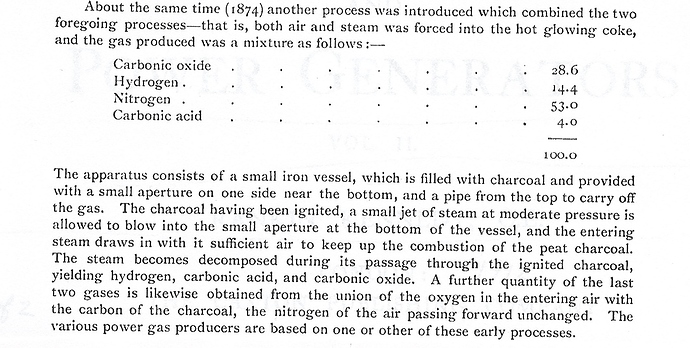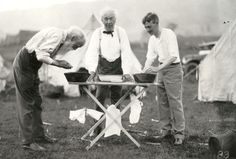I ordered a owners manual for a nickle iron rail road signal battery from ebay for $10
I found a post about the battery on an antique car list from 2010
Antique Automobile Club of America
Here is the scoop on “Battery Oil”
Edison & Others developed the Nickel/Iron storage battery in the 1880s !
Edison, Exide, Willard, and others built & sold them for automotive use.
Edison stated that this battery would last your lifetime !
He was promoting them for Early Electric auto use ~
The Nickel-Iron (NiFe) battery was considered a Life-Long Battery that could last 30-50 years or more!
I was not harmed by deep discharge or repeated cycling charges.
In many ways this battery was superior to the Lead/Acid storage battery we use today as it has a very long life; and could be restored by changing the electrolyte and cleaning the plates !
The battery was built with cells in a glass or ceramic jar with a lid that could be opened .
This was an aklaline battery that used a Potassium Hydroxide caustic soda & distilled water electrolyte with Nickel & Iron (NiFe) plates contained in a glass cell with a rubber top supporting the plates & covering the cells… The cells were connected in series with brass wing nut & wire or copper ribbon strip jumper connections…
The cells were stacked in a wooden crate and hooked-up in series.
Each cell was .8 Volts with 1.2 Volts in later production variants.
Each of the cells could be refreshed or replaced.
Edison sold this battery to the Telephone , Telegraph, Railroads , and for early penny in the slot amusement listening tube phonograph use. You often find old Edison battery jars on eBay !
The Telephone & Telegraph companys had iron battery boxes on their poles with banks of the Edison Nickel/Iron battery in them .
The railroads had iron signal boxes which also contained banks of Edison batteries.
The “Battery Oil” was poured on top of the fresh electrolyte in each cell to prevent evaporation and gassing while charging on these utility poles.
The oil would float on top of the electrolyte to give a thick protective oil film.
This would help the battery gases to re-combine instead of gassing-off while sitting long term, or re-charging. It also prevented evaporation.
You often find empty Edison Battery Oil bottles of 3-4 oz near old railroad iron signal & switch boxes in the woods near the switch & signal boxes today.
The railroad workers would use the oil and then just toss the empty bottles in the woods along side the tracks.
Look for them near the old railroad signal boxes ! You can still find many today !
The railroads and telephone/telegraph COs still used this type of battery well into the 60s-70s in some rural areas in the USA !
Edison Electric Storage Battery Co . built them until 1972~
Exide built them until 1975 !
Folks also collect the bottles, battery jars, and batteries today ! They are not worth very much~
There are 4-5 styles of battery oil bottles used over the years.
I also understand farms used this Edison battery for farm & house lighting before general rural electrification. The battery banks were often connected to a wind mill “Aeromo” generator for re-charging.
The wind mill usually used a Ford or other auto type generator.
These electric set-ups were often sold thru the early Sears catalog ! The farmer’s friend ~
Electric autos & very high-end & high priced gasoline autos often used the Nickel/Iron Edison , Exide, or Willard automotive battery. Many early electric autos Ie: Detroit Electric, Baker, and other auto builders often offered a Nickel/Iron battery bank as a higher price option; As it would last for decades, if not Life-Long!
Deep discharge did not harm this type of battery as it did severly harm a Lead-Acid battery and shortened it’s useful ife. This deep-discharge ability made it perfect for early electric auto carriages !
High priced gasoline autos used them also.
A friend bought a Rolls_Royce Phantom I from the Ford museum a few years ago.
It had not run in fifty+ years or more.
The old Exide Nickel/Iron battery was still in the battery box on the left running board.
My friend got the car up and running with a new modern battery~
He then decided to try to refresh & restore the old (NiFe) Exide battery.
It consisted of a large crate style wooden box with many glass jar cells inside. Each with hard rubber jar lids. Each cell was connected in series to form 6 volts.
He dumped the old electrolyte, and cleaned the plates which were in very good shape.
He then added fresh electrolyte and charged the battery.
It worked !!
Today it is now installed in the Phantom’s battery box and used to actually start and run this Phantom !
It still works fine after all these decades !
And yes~ He did pour a fresh bottle of Edison Battery Oil on top of each battery cell.
If you search hard enough you can still find un-opened Edison battery oil bottles with the famous Edison script autograph cast in the glass bottle on eBay !
TRUE STORY~~~~
Believe it~
Or Not !

